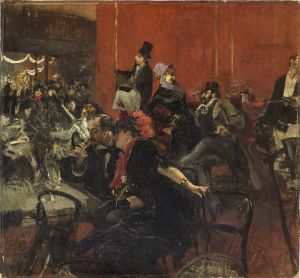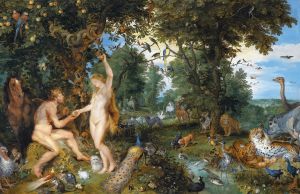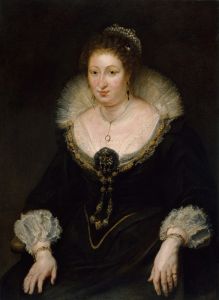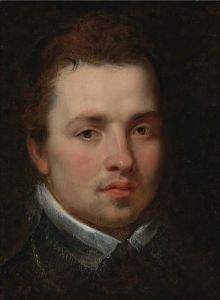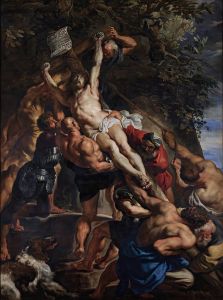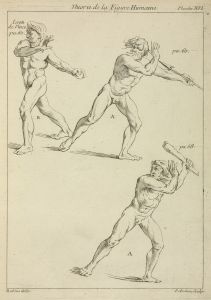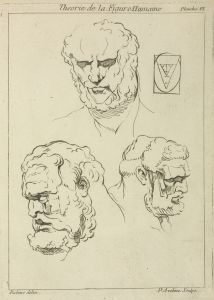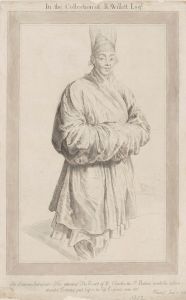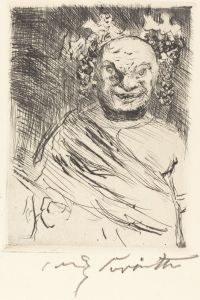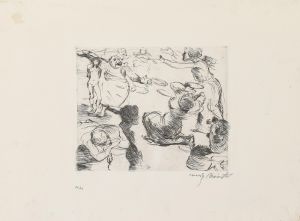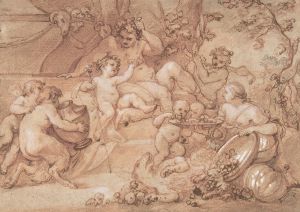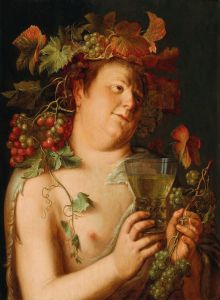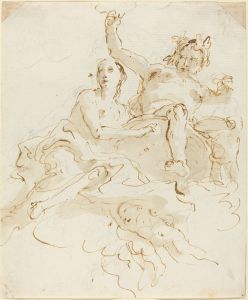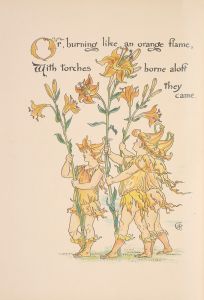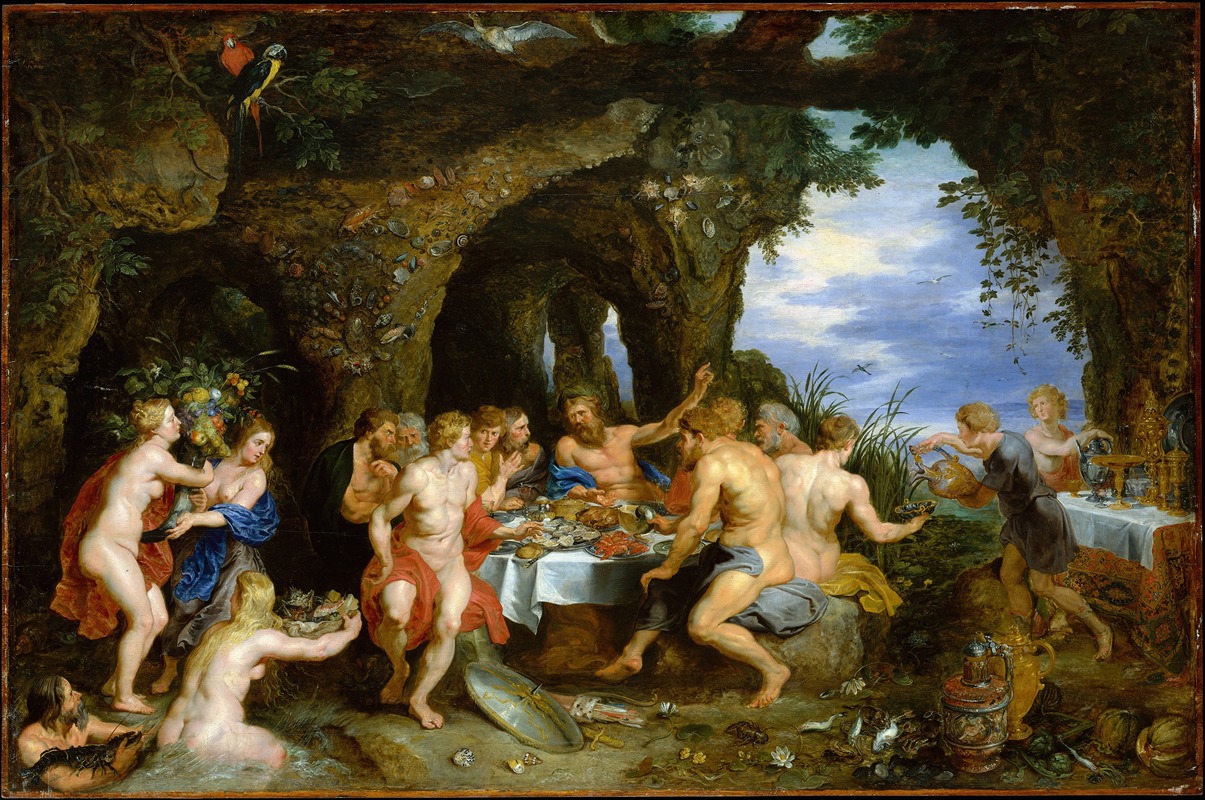
The Feast of Acheloüs
A hand-painted replica of Peter Paul Rubens’s masterpiece The Feast of Acheloüs, meticulously crafted by professional artists to capture the true essence of the original. Each piece is created with museum-quality canvas and rare mineral pigments, carefully painted by experienced artists with delicate brushstrokes and rich, layered colors to perfectly recreate the texture of the original artwork. Unlike machine-printed reproductions, this hand-painted version brings the painting to life, infused with the artist’s emotions and skill in every stroke. Whether for personal collection or home decoration, it instantly elevates the artistic atmosphere of any space.
Peter Paul Rubens' The Feast of Acheloüs is a painting created by the renowned Flemish Baroque artist, Peter Paul Rubens, in the early 17th century. The artwork is an oil on canvas and is widely recognized as a significant example of Rubens' mastery in depicting mythological themes, dynamic compositions, and dramatic use of color and light.
The painting illustrates a scene from Greco-Roman mythology, specifically the story of the river god Acheloüs. According to the myth, Acheloüs, who could transform into various forms, competed with the hero Heracles (Hercules) for the hand of Deianira. In one version of the tale, Acheloüs transforms into a bull during their struggle, but Heracles defeats him and breaks off one of his horns, which later becomes the Cornucopia, or the horn of plenty. Rubens' depiction, however, focuses on a moment of feasting and celebration, where Acheloüs is surrounded by other mythological figures, including nymphs and satyrs, in a lush and vibrant setting.
The composition of the painting is characteristic of Rubens' style, with its energetic movement, rich textures, and dramatic contrasts of light and shadow. The figures are rendered with a sense of vitality and sensuality, showcasing Rubens' skill in portraying the human form. The use of warm, earthy tones and the intricate detailing of the figures and their surroundings further enhance the opulence and grandeur of the scene.
Rubens was deeply influenced by classical antiquity and the Italian Renaissance, and his works often reflect his extensive knowledge of mythology and literature. The Feast of Acheloüs is no exception, as it demonstrates his ability to translate complex mythological narratives into visually compelling compositions. The painting also reflects the Baroque era's fascination with movement, emotion, and theatricality.
The exact date of the painting's creation is not definitively known, but it is believed to have been completed during Rubens' mature period, when he was at the height of his artistic career. The painting is currently housed in the Museo del Prado in Madrid, Spain, where it remains an important part of the museum's collection of Baroque art.
As with many of Rubens' works, The Feast of Acheloüs continues to be admired for its technical brilliance, imaginative storytelling, and its ability to capture the spirit of the Baroque period.





